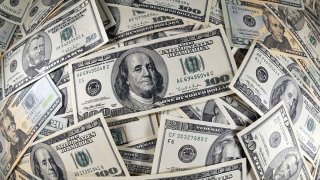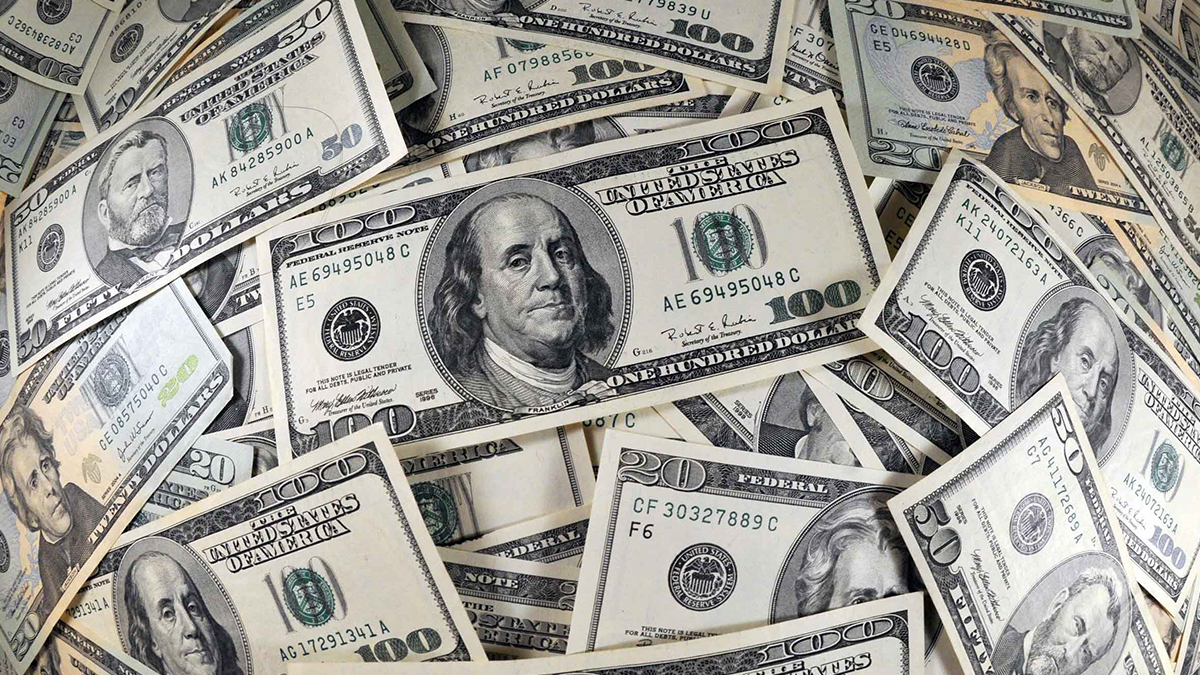
The Baker administration took meaningful steps Friday towards sending nearly $3 billion in excess state revenue back to taxpayers, officially repealing the regulation that governed how taxpayers obtained a credit the only other time that Chapter 62F came into play, in 1987, and releasing a technical document spelling out exactly how the process will work this year.
About 3.6 million Bay Staters are expected to get back a piece of $2.941 billion that state government is required to return after it collected more in taxes last year than a 1986 voter law known as Chapter 62F allows. Auditor Suzanne Bump certified that amount last month and the Baker administration said it planned to return the money via mailed checks or direct deposits, likely starting in November. To be eligible, a taxpayer must have filed a 2021 state tax return by Monday.
The revelation that the mostly-forgotten law would come into play and trim the size of the historic surplus that Beacon Hill could carve up paralyzed legislative Democrats, who have still not been able to come together around any path forward on the massive economic development bill that they prioritized earlier this year.
Get Boston local news, weather forecasts, lifestyle and entertainment stories to your inbox. Sign up for NBC Boston’s newsletters.
But while Chapter 62F's nearly $3 billion impact was not clear until late July, the Department of Revenue began the process of repealing the "obsolete" regulation that guided 62F distributions in April when it posted notice of a May hearing on the little-known rules.
On Friday, DOR sent a notice saying that the regulation had officially been repealed "because it is out-of-date."
The Baker administration told the New Service in August that it got no public comments on its plan to repeal the regulation (830 CMR 62F.6.1) stemming from the May hearing.
The regulation that was repealed described a process under which a taxpayer "may claim an excess revenue credit toward personal income tax liability for the current taxable year equal to the taxpayer's personal income tax liability for the previous taxable year multiplied by the excess revenue percentage."
But with nearly $3 billion due back to taxpayers instead of less than $30 million in 1987, Baker has said he wants the money to go out as rebate checks in the coming weeks rather than as a credit on next year's taxes.
To that end, DOR later on Friday also published a "technical information release" that explains how the agency plans to handle the excess revenue credit any time that the auditor certifies that the state collected more than the Chapter 62F cap allows. The document makes clear that it begins with the "credits required to be issued for the fiscal year ending June 30, 2022."
First, DOR will calculate the "excess revenue percentage" that will be used to calculate the amount of a taxpayer's excess revenue credit by "dividing the excess state tax revenues determined by the State Auditor for the previous fiscal year by the estimated total personal income tax revenues received by the Commonwealth in the current calendar year in payment of personal income tax liabilities incurred for the previous taxable year." DOR said that will happen after the deadline to file an eligible return, which is Monday.
Next, DOR will multiply the liability as reported on a taxpayer's personal income tax return (after being reduced by any credits) by the "excess revenue percentage" to calculate the taxpayer's excess revenue credit amount.
"Where the application of the excess revenue credit would reduce a taxpayer's liability as reported on the taxpayer's tax return filed for the previous year, the Department will issue the amount of the reduction to said liability as a refund. The excess revenue credit cannot reduce a taxpayer's liability for the previous taxable year to an amount less than zero," DOR wrote in the document.
It is unclear whether the administration has taken any additional steps towards the distribution of Chapter 62F money. A spokeswoman for the Executive Office of Administration and Finance was out of the office when the regulation repeal and new guidance was announced Friday. The budget office's chief of staff, to whom media inquiries were directed, did not acknowledge the News Service's questions.
What was made official Friday mirrored what the Baker administration had announced a month ago. Since then, a top senator quibbled with the administration's plan -- "The law is pretty clear, in my opinion, if you read the law," Senate Ways and Means Chairman Michael Rodrigues said last month. "So if you're going to follow the law, which we're hoping everybody follows the law, then there will be credits next year." -- and a small group of progressives have launched a bid to change how the excess revenue is returned to taxpayers.
On July 31, Education Committee Co-chairwoman Rep. Alice Peisch told the News Service that the regulatory repeal effort suggested that Baker administration officials knew in May that the law might trigger refunds, a situation that Baker publicly disclosed in late July, after both branches passed bills weighing in at more than $4 billion and featuring a combination of direct spending and permanent tax relief proposals.
"It would have been nice to get a bit of a head's up that it looked like maybe we were getting to that point before we did the economic development" bill, Peisch told the News Service. During the same interview, she also said she has "no idea if they knew or not" about the likelihood of mandatory tax relief under 62F.
Baker has noted that lawmakers have access to the same revenue collection figures as the administration does.
Monday afternoon could reveal exactly where House Speaker Ronald Mariano and Senate President Karen Spilka stand on Baker's latest plan: the so-called Big Three is scheduled to meet privately -- and then with the media -- at 12:30 p.m. in what has become a rare leadership meeting.


